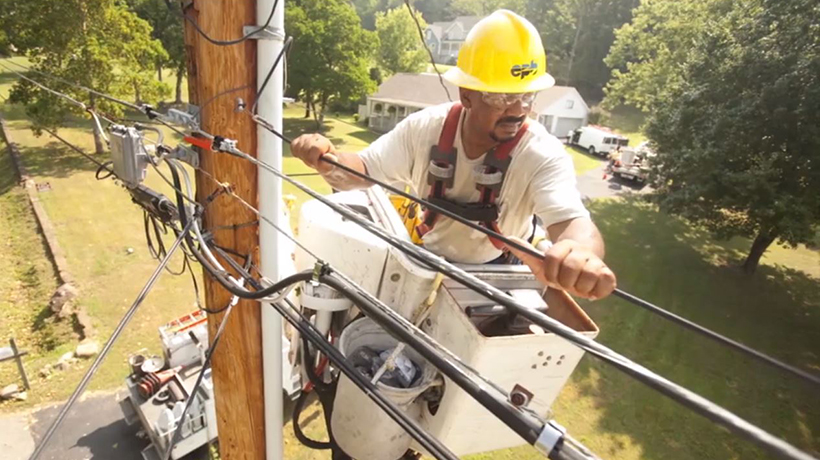Utilities around the globe are rapidly adopting fiber optic networks to support critical initiatives like smart grid and advanced metering infrastructure. This leaves some utilities with the monumental task of learning all they can about a technology that other organizations already use. Fiber networks have proven to be successful for companies adopting advanced technologies that rely on sensors and IoT. Unsurprisingly, many utilities want to adopt and implement fiber technologies as quickly as possible.
To help utilities interested in adopting fiber optic networks, here are answers to a few basic questions.
How does fiber differ from traditional wired cables?
Compared to traditional copper cables used by most utilities, fiber optics provide a more reliable, faster, and higher bandwidth method of transferring data. Fiber optic networks transmit data by pulsing light along strands of glass fiber about the size of a human hair. Transmitting digital signals with light means there’s no external interference and less signal loss. This creates a more reliable network for moving data — even across long distances.
What are some benefits of implementing a fiber optic network?
There are many benefits that come with adopting a fiber optic network. For example, electromagnetic interference is no longer an issue, meaning the fiber can run next to power lines without suffering data loss. Fiber network builds can exploit existing structures in the utility network to speed deployment and reduce costs, such as threading fiber around overhead conductors.
Fiber optic networks can also carry significantly more information much farther than traditional copper networks, making fiber a great solution for most rural and remote areas. It’s also beneficial to utilities during severe weather. With a secure, in-ground fiber network installed, utilities can focus on other forms of recovery during extreme weather events.
How is a fiber optic network deployed?
There are two types of fiber optic network deployment: greenfield and brownfield. For utilities wanting to build an entirely new network, this is called greenfield. If a utility has an existing network they’re looking to upgrade and possibly carry over some components, this is known as brownfield.
Regardless of whether the infrastructure is new or not, there are opportunities for utilities to exploit the excess capacity of their smart grid fiber to secure and grow their business. Capacity can simply be leased to telecom providers. Alternatively, the network can be used to expand services already offered directly to consumers and businesses, such as high-speed broadband.
With the additional income from added services, a fiber optic network can pay for itself and even create more revenue and new business opportunities. And the ability to offer multi-play service bundles across utilities and comms is a powerful competitive advantage in an age of disruptive new entrants and highly mobile customers.
Learn more about fiber utilities
Discover how EPB in Chattanooga, Tennessee, one of the largest community-owned electric power distributors in the United States, built a fiber optic communications network to provide next-generation electric services to its customers through more efficient operations and reduced outage response times. They then used the fiber to deploy multi-award-winning, ultra-high-speed broadband. Download the case study.
















